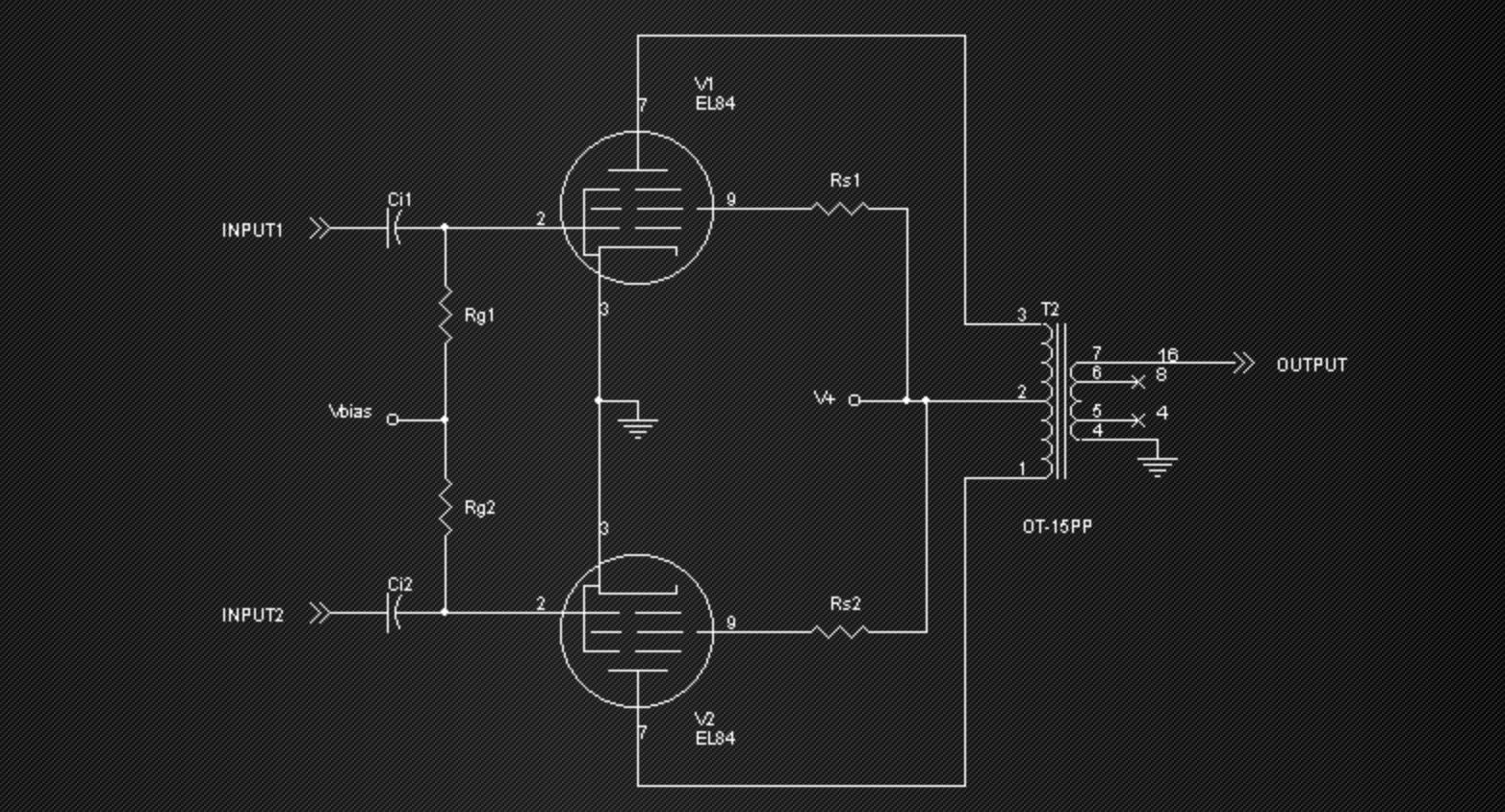Introduction:
The world of tube sound fascinates many with its rich, "warm" sound. When selecting an amplifier, one of the key decisions is between a single-cycle and a two-cycle circuit.
Single-cycle amplifier:
Two-cycle amplifier:
Comparison:
The world of tube sound fascinates many with its rich, "warm" sound. When selecting an amplifier, one of the key decisions is between a single-cycle and a two-cycle circuit.
Single-cycle amplifier:
- Uses a single tube to amplify the signal on each channel.
- Operates in Class A, providing a smooth, "musical" sound.
- Known for its natural reproduction of tone and dynamics.
- Limited in power, suitable for high sensitivity speakers.
- Simpler in design, but may be more sensitive to noise.
Two-cycle amplifier:
- Uses two tubes per channel, operating in counter-phase.
- Provides more power, suitable for low sensitivity acoustics.
- Less susceptible to noise than single-cycle.
- Can have a more "linear" sound, with less emphasis on harmonics.
- More complex design, requiring careful tuning.
Comparison:

What type of amplifier should I choose?
Single-cycle:
Conclusion:
There is no unambiguous answer to the question "which type of amplifier is better". The choice depends on your musical preferences, acoustics, budget and desired sound.
Tips:
Single-cycle:
- Ideal for connoisseurs of "tube" sound who prefer chamber music, jazz, vocals.
- Works well with high sensitivity speakers.
- A versatile option, suitable for different genres of music.
- Provides high power and control over acoustics.
Conclusion:
There is no unambiguous answer to the question "which type of amplifier is better". The choice depends on your musical preferences, acoustics, budget and desired sound.
Tips:
- Listen to both types of amplifiers before you buy.
- Consider the impedance and sensitivity of your speakers.
- Pay attention to the quality of components and assembly.
- Don't be afraid to ask for expert help.
And you can always choose an amplifier to your liking at the Papatube audio
